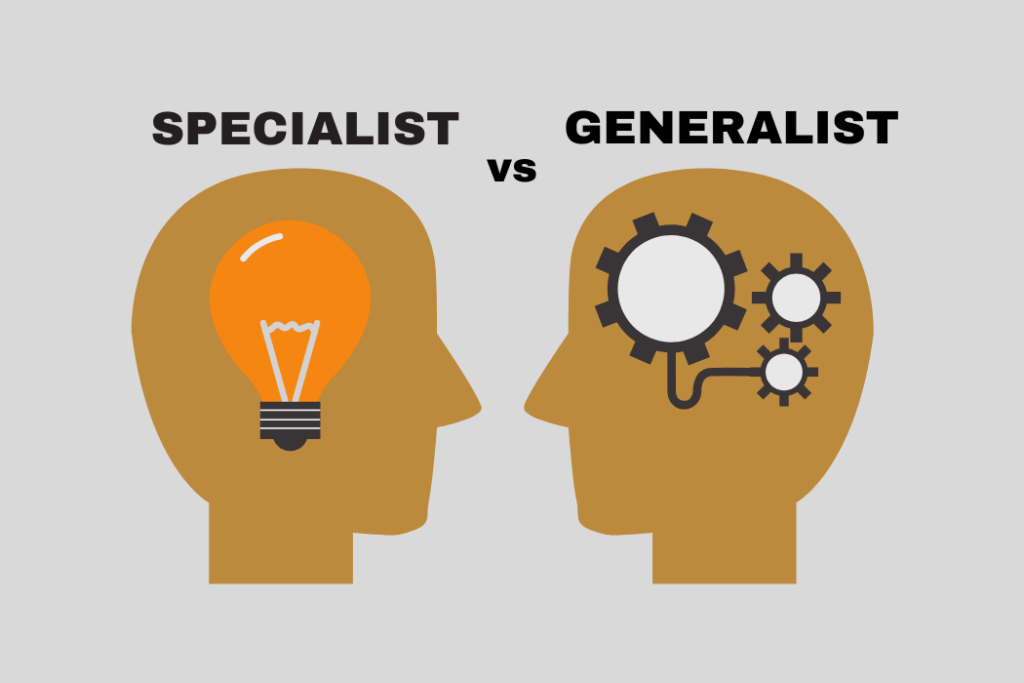
Why acting early feels risky but thinking late is deadly
Most leaders don’t ignore change because they don’t care. They ignore it because, in the moment, it doesn’t feel urgent. When the metrics look good and the operations hum along, making time for possibility feels indulgent. But that’s precisely what separates the visionary leaders from the merely competent: they make space to reimagine before a crisis demands it.
Visionary leaders don’t wait for pain to trigger change. They act when things still look fine on the surface, when most people are coasting. They understand that comfort breeds complacency, and complacency is where innovation dies.
So why is it so rare to see organizations making meaningful change when everything’s “working”?
Because change feels riskier than routine. Leaders are rewarded for short-term outcomes, not long-term possibility. Teams are trained to fix problems, not to explore potential. And entire cultures are built to preserve stability, not to challenge it.
But possibility doesn’t live in the stable. It lives in the slightly unhinged questions that start with “What if we…” or “Why don’t we…” or “Wouldn’t it be wild if…” It lives in the willingness to step off the well-paved path and consider what might lie just beyond the familiar.
Visionary leaders don’t just tolerate this kind of thinking; they create the conditions where it can thrive. They reshape the cultural assumptions that say, “Don’t rock the boat,” and replace them with, “Let’s see what else is possible.” They interrupt the patterns that reward efficiency over imagination. They normalize exploration without the guarantee of immediate ROI.
Here’s what that looks like in practice:
- They carve out space for thinking, not just doing. They understand that innovation isn’t a task to check off; it requires mental white space, uninterrupted time, and freedom from constant urgency. Visionary leaders protect this space intentionally, creating boundaries that allow their teams to go beyond surface-level thinking. They don’t just suggest it; they schedule it. They say no to unnecessary meetings, protect thinking time on calendars, and give teams permission to pause, reflect, and reframe. They make deep thought as non-negotiable as budget reviews.
- They ask their teams to challenge assumptions even when there’s no problem to solve. Because waiting for problems means you’re always reacting, never inventing. This isn’t about chaos for chaos’ sake; it’s about building a muscle for questioning the status quo, even when it feels comfortable. Visionary leaders embed assumption-checking into regular conversations. They model the question, “What are we treating as true that might not be?” and invite alternative perspectives to surface before consensus locks in. They understand that asking good questions is a creative act in itself.
- They shift language from certainty to curiosity. Questions like “What if…” and “Why not…” become signals of forward momentum, not distractions from the agenda. Over time, that language shift rewires team dynamics: fear of being wrong is replaced with enthusiasm for exploration. Visionary leaders celebrate when a team member floats an odd idea or pushes back on accepted norms. They replace “prove it” with “explore it,” and open the door for discovery instead of defensiveness. This linguistic shift creates an environment where new thinking is expected, not exceptional
- They reward experimentation before outcomes. Even small tests of new thinking are celebrated—not for being right, but for being brave. Leaders build in mechanisms that value curiosity over perfection, reinforcing that learning is part of progress, even when the result isn’t tidy. Visionary leaders don’t just permit failure—they frame experimentation as a responsibility. They track learning as a metric and ask after-action questions like “What surprised us?” and “What will we try differently next time?” They view progress as cumulative, not instant.
- And most importantly, they model all of this themselves. When leaders practice what they preach, they grant everyone else permission to step into possibility. They show, not just tell, their teams that questioning, exploring, and stretching are part of the job, not threats to it. They let people see them wrestling with ambiguity, changing their minds, and exploring ideas without immediate resolution. They walk the talk of creative leadership, not by declaring vision, but by visibly engaging with uncertainty. This kind of leadership makes possibility feel safe, supported, and worth pursuing.
In environments like healthcare, pharma, or financial services, where the stakes are high and the margin for error is low, it’s tempting to think that possibility has to take a backseat to predictability. But in reality, those are the environments most in need of leaders who can see around the corner.
Creating change before it’s urgent isn’t reckless. It’s responsible. It’s what allows organizations to adapt instead of react. To lead instead of follow. To shape the future instead of surviving it.
If your team is only innovating when a fire breaks out, you’re not leading, you’re firefighting. Visionary leaders don’t wait for permission. They look beyond what’s working to see what’s possible.













